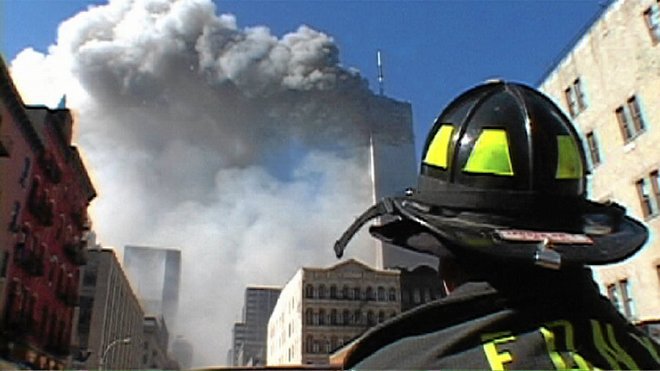9/11
The day the world stopped
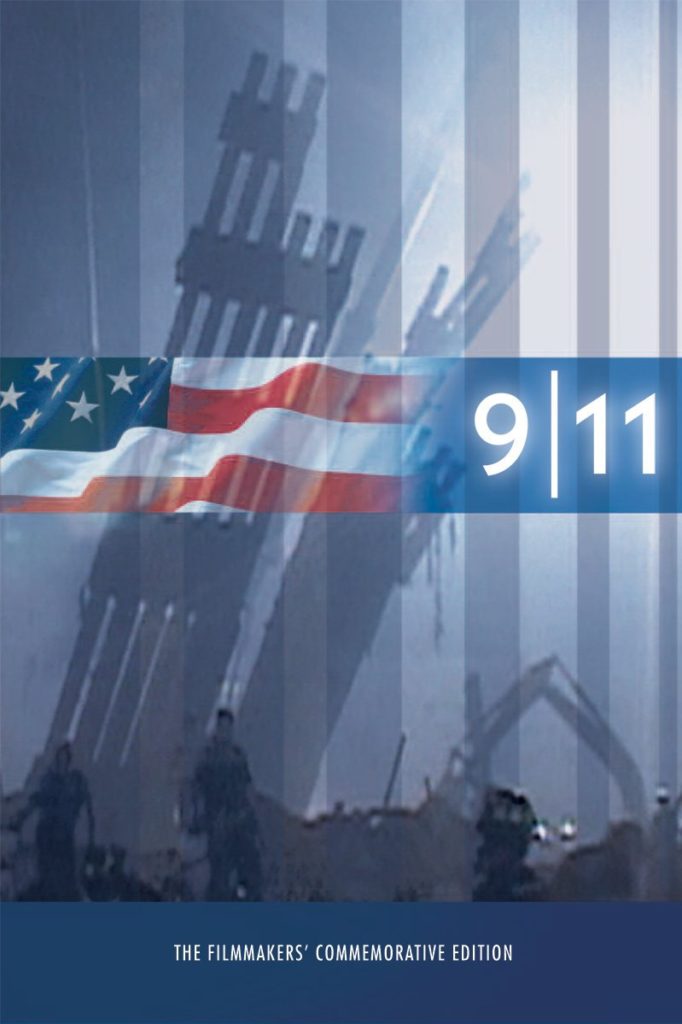
Next Saturday, twenty years will have passed since the September 11, 2001 attack, when the entire world watched on television the destruction of the twin towers of the World Trade Center in New York. Much has happened, from then on, even the death of bin Laden, the invasion of two Muslim countries, the fall of several dictators and the rise of others, and now even the Taliban’s return to power in Afghanistan.
Unfortunately, nothing seems to have changed much, and only what is seen is the continued insanity of world leaders, who seem to pretend not to understand that wars and violence only consume lives, natural resources and bring nothing good. After a trillion dollars spent in Afghanistan, thousands of lives lost, and everything goes back to the starting point. The difference from 9/11 was that, for the first time, a terrorist act by an outside agent took place on U.S. soil.
Since then, many movies and documentaries have been produced about the subject, exploring it to exhaustion. Really? If you think this way, then try watching “9/11” (USA/FRA, 2002).
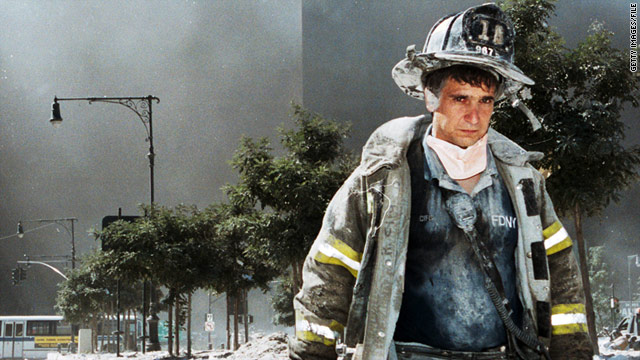
When the two French brothers, Jules and Gédéon Naudet, searched the New York Fire Department, their idea was to produce a documentary about a rookie firefighter and his first contact with a real fire. It would never cross their minds or that of any citizen of the Western world that what they would document would surpass any Hollywood production.
Looking among the numerous recruits, the Naudet brothers selected the young Tony Benetatos to be their “star”, more for the boy’s enthusiasm and idealism, than any other reason. In the best “Big Brother” style, the team accompanied the young man from the beginning of the nine-month probationary period, through which every neophyte has to pass before being considered an effective firefighter.
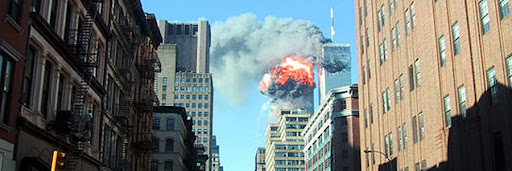
During the first minutes of the film are recorded the trainings, routines and even the games to which the trainee is subjected. In a premonitory moment, Tony gets the assignment to place the flag at half-wood, due to the death of a rookie firefighter, during a fire. Nervous, he mumbles expect this to be the last time he’d do it in his life.
The weeks go by and nothing happens to Tony’s baptism of fire. Eager to participate in a real fire, the most that happens to him is a car on fire. By mockery, he was already being called “white cloud”, which is what they call the fireman who hardly sees a fire.
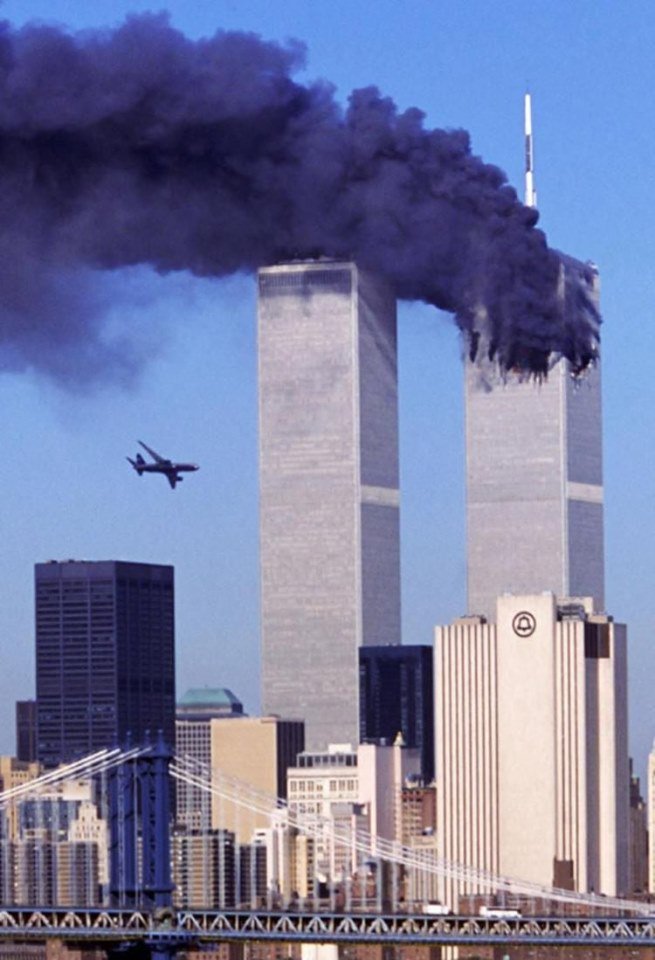
On September 11, 2001, firefighters received a call, reporting a gas leak. Routine operation, a group of firefighters went to check the case, going with them the head of the post, Joseph Pfeifer and Jules Naudet with his camera. When they were examining the leak, they witnessed the first plane crashing into Tower One of the World Trade Center (this, in fact, is the only record of the first shock). More than quickly, Pfeifer gathers the team and goes to what he thought was an accident, while alarming the other groups of firefighters through the radio.
When they arrive at the building, they find a bummer picture: broken glass, people burned or disfigured by the violence of shock. Other groups of firefighters arrive and climb the stairs, while the chiefs organize a command post in the lobby of the building. Every now and then they hear the sound of bodies crashing into the ground. It was the people who were above the 80th floor and who had no more hope of rescue, preferring to abbreviate the suffering.
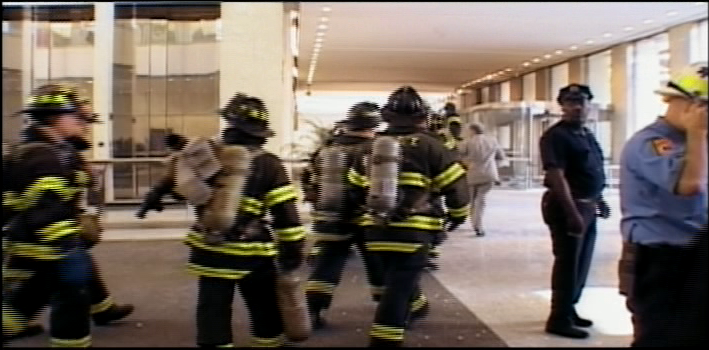
Meanwhile, Tony was tasked with staying at headquarter, getting the calls. With him, there had stayed the other brother Naudet, Gédéon, who had no idea from what really had happened. As the young recruit could not leave, Naudet took the camera and walked towards the WTC, recording people’s reaction. That’s when the second plane hit the other tower.
At that time, hundreds of firefighters climbed the stairs, as none of the elevators worked. Due to its peculiar design, all elevators and stairs were grouped in the center of the building. When the plane crashed into the tower, it blocked the only escape route from those above and even dumped millions of gallons of incandescent fuel through the elevator shafts.
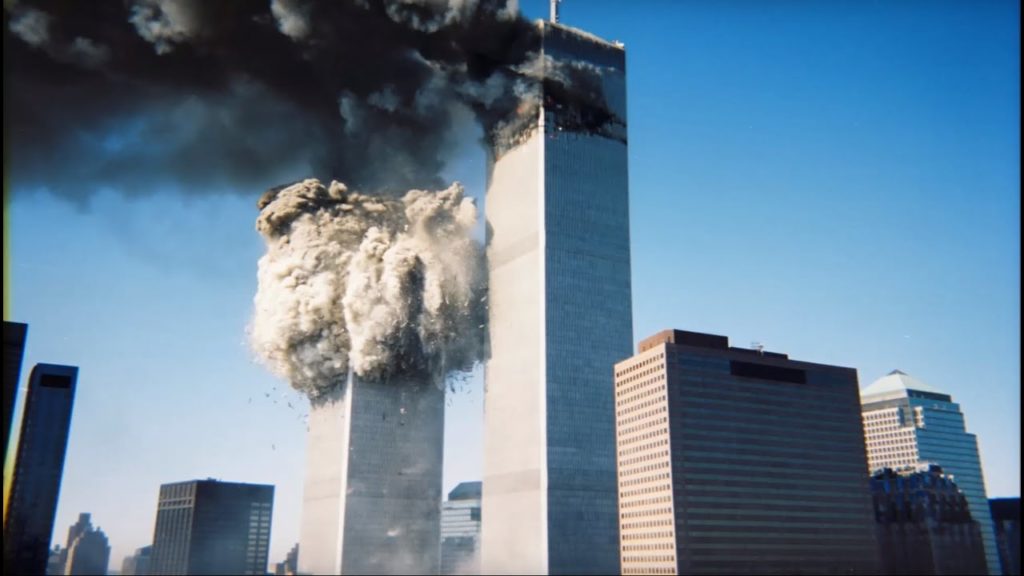
When the second shock occurred, the alert was given to firefighters to abandon the WTC. Gradually, those who could searched for escape routes, although most of them still remained many floors above. Before long, the first tower collapsed and soon after, the second one.
Managing, at great cost, to escape the building, Chief Pfeifer and the French cameraman ran with the other survivors away from the accident, but the fall of the first tower caught them on the way. Practically blindly, they managed to get out of the immense cloud of dust and debris that formed. They finally made it to the barracks and count the casualties. Little by little, everybody returned, missing only the newguy, Tony, who left with an old retired commander who had come forward, upon learning of the accident. You want to know what happened to him? Watch the movie.
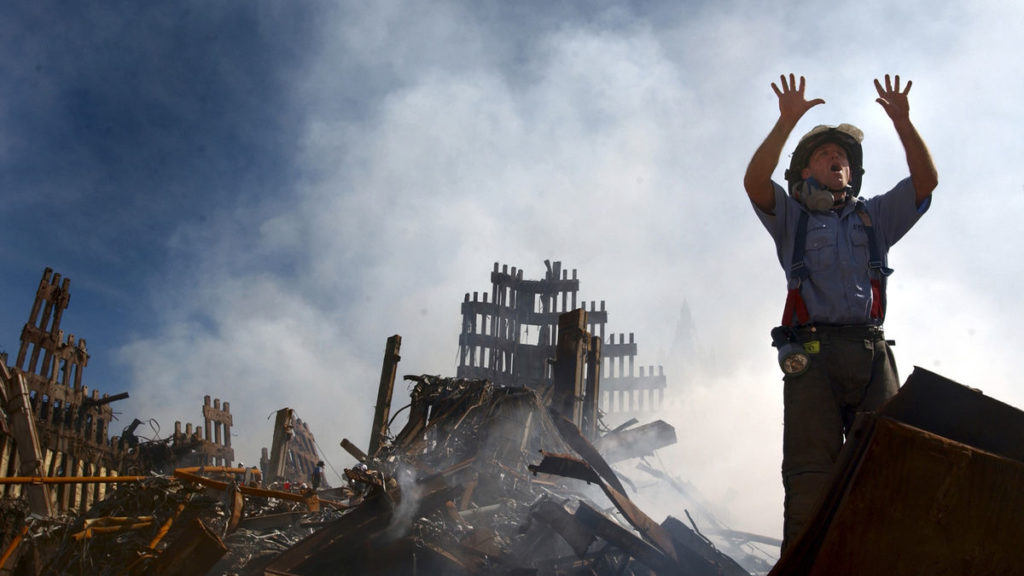
“9/11” received some criticism for not having more deeply analyzed what occurred that day in New York. But paradoxically, this is its highest quality. The documentary shows exactly the point of view of the firefighters and inhabitants of the city who experienced the facts. The name Osama bin Laden made no sense on that moment and there’s no need for the film. However, the record of the events that occurred was made with an unprecedented realism, without ever slipping into the eschatological or sensationalist. After all, it would be impossible to be more sensationalist than the attack itself.
Another highly positive point of the documentary is the absence of value judgment. There is no discussion about the cruelty of terrorists or their motivations. What is shown is people’s reaction to the facts and their consequences. Returning to their original purposes, the Naudet brothers recorded Tony Benetatos’ encounter with his first fire, but also toasted History with a faithful testimony of one of America’s most terrifying days.
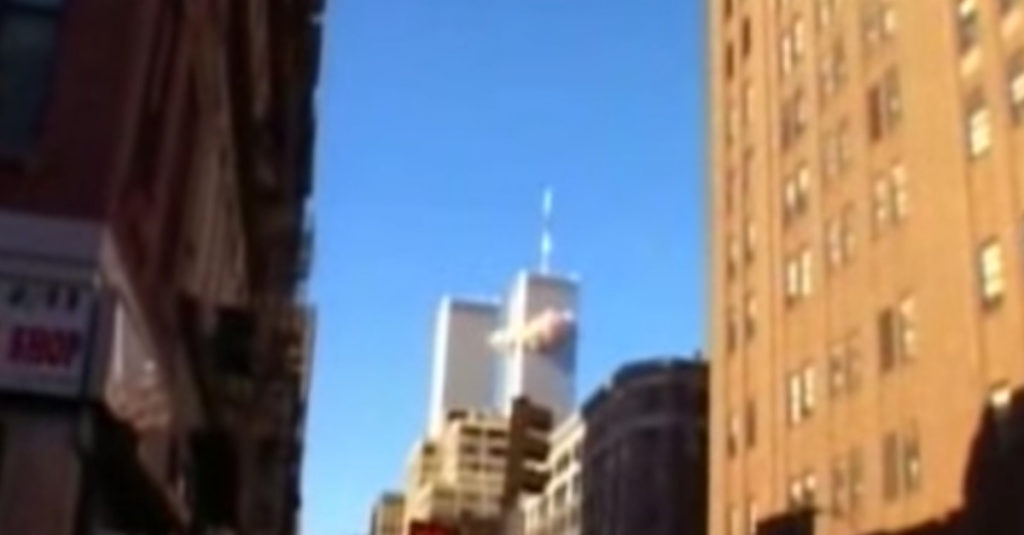
Technically, “9/11” is exquisite. The editors managed to turn a real documentary into a presentation that holds the viewer’s attention, leading him to moments of suspense, comparable to those of a Hollywood feature. The opening minutes contextualize the viewer in the fire room environment, making him create an empathy with the young Tony and his destiny. I recommend the DVD version, because in addition to the two hours of the documentary, still have 42 more minutes of interviews, which help fill gaps and complete the vision of hell that was 9/11.

